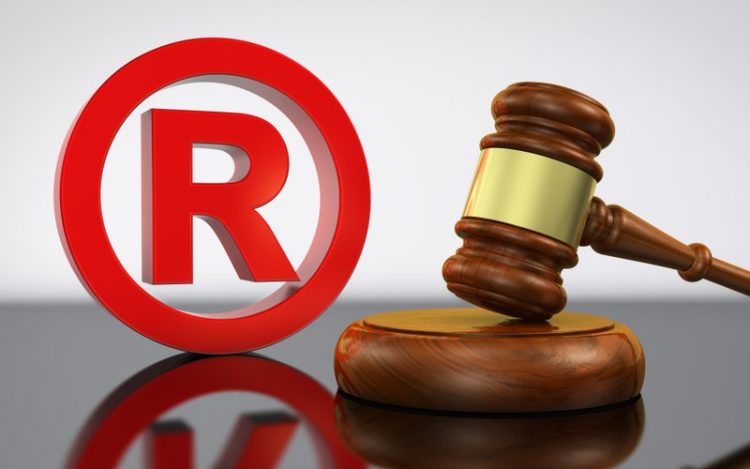Although registering your trademark is not required for you to use it, having your trademark registered does provide great value for your company. Even if you are not using the trademark now, you may want to register anyway.
You can also register your name as appearing in a specific color, style, or typeface shown (a special form mark), but if you take that route, your trademark would protect only that specific representation of your name. If anyone else uses the same name or form, or a form very similar to it, you may be able to bring an action under your trademark or design rights. A trademark protects your name only when it is used in a class of goods and services identified in your trademark application.
Registering a trademark requires each and every listed good and service be available to consumers and used, so if even a single good is not sold yet, an applicant would need to file an application with the intent to use. You may also file as Intent to Use if you have not started doing business, but you do have an outline of the mark. If you submit an intent to use application, then the U.S. Patent and Trademark Office issues a notice of allowance, requiring that you take an additional step to file proof that you are using your trademark in commerce.
If you show the USPTO you are using the trademark, then the USPTO will issue the registration certificate and mail it to you.
If the individual using an infringing trademark is not registered to the trademark by the USPTO, then your trademark registration owner will need to contact the infringer individually and advise him or her of your initial rights and the federal trademark. If, however, there is no opposition filed, the USPTO will register the mark and give you the registration certificate, so long as you file an application that is based on a usage.
You have to provide proof to the USPTO that the trademark has been used, filing an Article Eight Statement of Use, sometime between the fifth and sixth years after the registration.
Once you have issued a trademark, it does not expire so long as it remains in use for its registered purpose. To avoid risking the trademark being revoked, a trademark must be used for a period of five years after its registration. As long as all required fees are paid to the Trademark Office, and a trademark is used consistently in commerce, a federal trademark registration remains valid.

Although you do not need a federal registration for a trademark to receive trademark protection under either State or common law, federal registration provides several important advantages.
Federal registration also grants jurisdiction over trademark issues arising from a mark to federal courts, as well as the ability to register the mark with U.S. Customs Services in order to stop the importation of unauthorized foreign products.
With this registration, you are empowered to use federal law to block violators, as long as your mark enjoys exclusive use, within your industry, across all 50 states. Most importantly, registration gives you legal ownership of a Federal Trademark, and the exclusive right to use it anywhere in the U.S., related to the goods or services that you listed when registering.
Registering a trademark gives its holder the exclusive rights to use the name as it pertains to the class of goods or services the name is registered for, and makes it clear who actually owns the name – all at a nationwide level. A registered trademark gives you exclusive rights to identify your products or services by this name, tells everyone you are the owner of this mark, and prevents others from using or pinning their own brands to yours. The U.S. Patent & Trademark Offices primary registry provides trademark owners the most protection, including the presumption that a trademark is valid; the registered entity owns the trademark; and the registered entity has the exclusive right to use the mark.
Because all goods and services bearing a trademark must have been sold to consumers when they were registered, the USPTO requires that applicants sign legal documents that indicate they are all used. Before applying for both your name and your logo, you should think about the advantages and disadvantages of trademarking your design. If your application is approved for registration, you will have federally enforced trademark rights in both your design mark and for both your name and your logo as separate components. If your company cannot prove you are using an ITU mark in commerce already, or you would be unable to demonstrate this under the scope of the ICU process, there is no reason to file for the trademark first.
If approved on an intention-to-use basis, you would get an “Allowance Statement,” meaning that your trademark has been allowed, but it would not become officially registered until you start using the mark in commerce and file an “Application to Use” and “Specimen” showing that you are using the name.




